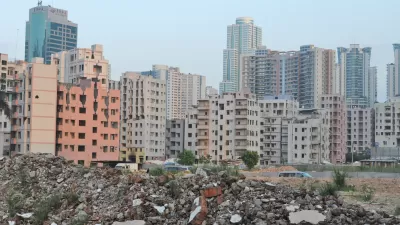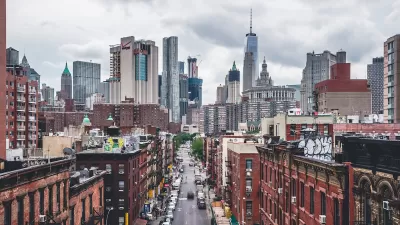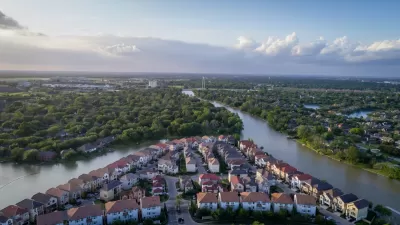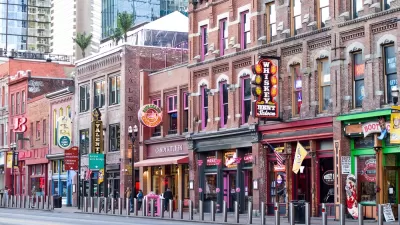In a bid to urbanize its vast interior, China plans to settle one of its vast pre-built cities with workers unused to city life. Upon arrival, they undergo training to become instant urbanites.

The centralized economy in China has become well-known for massive construction projects. These include unpopulated “ghost cities” like Kangbashi New Area, a concrete utopia in Ordos City designed to house a million residents. In a move that mirrors last century’s Cultural Revolution policies in reverse, the government is incentivizing farmers to consider leaving the homestead for Kangbashi. “Reeducation” protocols are in place designed to mold them into instant urbanites.
Local government claims this process was always part of the plan for Ordos and China’s many other pre-built cities. Facing a stark contrast between its industrialized, cosmopolitan coast and a poverty-stricken interior, China intends to relocate up to 250 million farmers to places like Kangbashi over the next 20 years. To ease the transition, government workers provide resources to educate residents and ease them into a new lifestyle. These tips range from the practical (how to turn kitchen gas on and off) to the behavioral (don’t litter or drive on the sidewalk).
The city itself is located in a fortunate area of the country: “arguably, Ordos has been able to achieve what it has due to the enormous wealth generated by the coal industry, cheap land to build on, a willing rural populace generally happy to accept large compensation packages, and the lack of an existing urban population.”
The farmers are less sure these grand ambitions will succeed. Lacking urban skill sets, they labor in unskilled positions that cannot sustain a consumer economy on the scale of the cities they inhabit. For now, individual farmers in Kangbashi New Area worry about a lack of work.
FULL STORY: 'Re-education' campaigns teach China's new ghost city-dwellers how to behave

Americans May Be Stuck — But Why?
Americans are moving a lot less than they once did, and that is a problem. While Yoni Applebaum, in his highly-publicized article Stuck, gets the reasons badly wrong, it's still important to ask: why are we moving so much less than before?

Using Old Oil and Gas Wells for Green Energy Storage
Penn State researchers have found that repurposing abandoned oil and gas wells for geothermal-assisted compressed-air energy storage can boost efficiency, reduce environmental risks, and support clean energy and job transitions.

Placekeeping: Setting a New Precedent for City Planners
How a preservation-based approach to redevelopment and urban design can prevent displacement and honor legacy communities.

San Francisco’s Muni Ridership Grew in 2024
The system saw its highest ridership since before the Covid-19 pandemic, but faces a severe budget shortage in the coming year.

Colorado Lawmakers Move to Protect BRT Funding
In the face of potential federal funding cuts, CDOT leaders reasserted their commitment to planned bus rapid transit projects.

Safe Streets Funding in Jeopardy
The Trump administration is specifically targeting bike infrastructure and other road safety projects in its funding cuts.
Urban Design for Planners 1: Software Tools
This six-course series explores essential urban design concepts using open source software and equips planners with the tools they need to participate fully in the urban design process.
Planning for Universal Design
Learn the tools for implementing Universal Design in planning regulations.
Heyer Gruel & Associates PA
City of Moreno Valley
Institute for Housing and Urban Development Studies (IHS)
City of Grandview
Harvard GSD Executive Education
Salt Lake City
NYU Wagner Graduate School of Public Service
City of Cambridge, Maryland





























